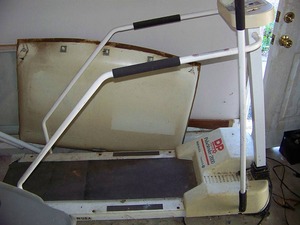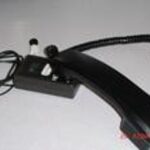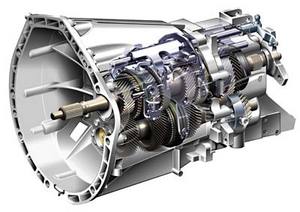Monitoring the heart rate can be a critical component of safely maximizing gains from cardio workouts. A patient of mine recently performed a treadmill stress test which indicated that he was exercising at too fast of a heart rate, which increased the risk of a health complication during his cardiac training. After deciding upon a safe target heart rate, the next step was to ensure accurate results from monitoring. Correct usage of the heart rate monitor on cardio machines was important to accomplish this. Following these simple principles helps ensure success.
The first principle is distance when determining how accurate the reading is from an electronic heart rate monitoring device. The most accurate are the monitors placed on chest straps around the chest. These monitors emit a wireless signal to some cardio exercise machines. Not all, but many exercise machines will pick up the signal. At a hotel I discovered this by accident. After monitoring my heart rate with a chest strap while walking in the lobby, I then went on a treadmill machine. It seamlessly and accurately picked up the heart rate from the chest strap monitor.
For hand and wrist monitors, it is important to maintain a good connection between the monitor and the skin. For the hand monitors, a firm grip on the metal sensory device on the cardio machine is helpful, although it is also important to not make an overly tight grip, which can reduce the amplitude of the pulse in the hands.
A little bit of sweat (or very small amount of water) increases the connection between the monitor and skin. This connection can be difficult for men with hairy chests who use the chest strap monitor. For hands with lots of calluses, the connection between the monitor and the skin can be challenging. In these situations, a small amount of gel or water can be helpful.
After ensuring that the best possible connection is made with the monitor, and the most accurate pulse is being sent to the monitor by ensuring the hand grip is not too tight or too loose, a calibration needs to be performed. This involves regularly comparing the heart rate from the cardio machine’s monitor to the heart rate calculated from counting the pulse directly, typically performed by taking the second and third finger tips of the right hand and feeling the pulse just below the thumb on the left hand. Once, a patient was referred to me for the evaluation of a rapid heart rate. A formal stress test determined that she was not correctly measuring her heart rate on her treadmill at home. A poor skin to monitor connection was the problem. After correcting this, she was able to much more accurately follow her heart rate while exercising.
These three principles will help improve the accuracy of heart rate readings from cardio machine monitors. First, see if the machine will pick up the signal from a chest strap. Chest strap monitors tend to give the most accurate results. Second, when using a hand grip monitor, make sure there is good contact between the monitoring steel plate and your skin, while keeping a firm, but not too firm grip. Finally, regular calibration checks are essential in order to maintain accurate monitoring and compliance with your target heart rates.
REFERENCES
Wagner GS. Marriott’s Practical Electrocardiography. [2007] ISBN-10: 0781797381 – widely considered one of the gold standard books for professionals who perform electrocardiography.





